(25th Home) (1963-1986) (1986-1994) (1994-2001) (2001-2005) (2005-2007) (2007-2013)
The Collaboration Years
Finally, in the last few years, the organizations have been looking to the future to decide how they should change to be more effective in the years to come. Collaborations brought new perspectives, services and people to the organizations. Reorganizations changed some of the terminology and focused the objectives but altered very little of the original missions. New relationships and new technologies have been fostered and implemented, and many more are yet to come.
Glenn Cluster Deployed
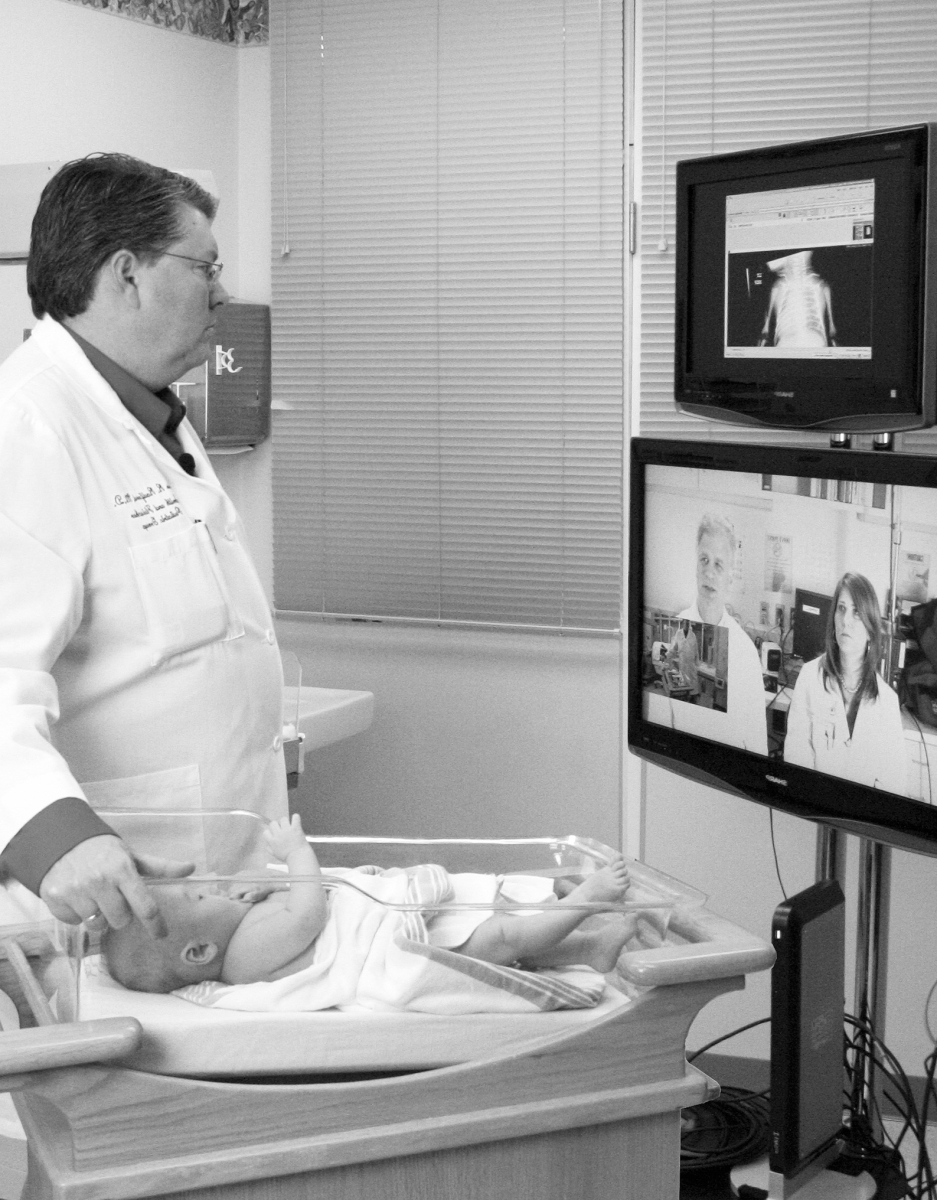
On Jan. 29, 2008, OSC deployed an IBM Cluster 1350, the 65th fastest supercomputer in the world at the time, and the 9th fastest among U.S. academic supercomputer centers. Dubbed the Glenn Cluster in honor of the Ohio astronaut and statesman, the new cluster offered researchers a peak performance of more than 17 teraflops. The Glenn Cluster leveraged the latest AMD Opteron multi-core technologies and IBM cell processors and utilized blade systems based on the Cell Broadband Engine processor, allowing researchers and industries to easily use this new hybrid supercomputing architecture.
OSCnet Enables Rural Medicine
The very next day, OSC announced that babies born at Chillicothe’s Adena Regional Medical Center were receiving assessments from specialists at Nationwide Children’s Hospital over high-definition videoconferencing capabilities made possible via OSCnet. An example of telemedicine, the project enables specialists in Columbus to view distressed newborns with exceptional clarity, examine detailed x-rays, view lab results and consult with attending physicians in Chillicothe in real-time. Adena Regional Medical Center was selected for the pilot because the hospital sends more pediatric patients to Nationwide Children’s than any other outside of the Columbus metropolitan area.
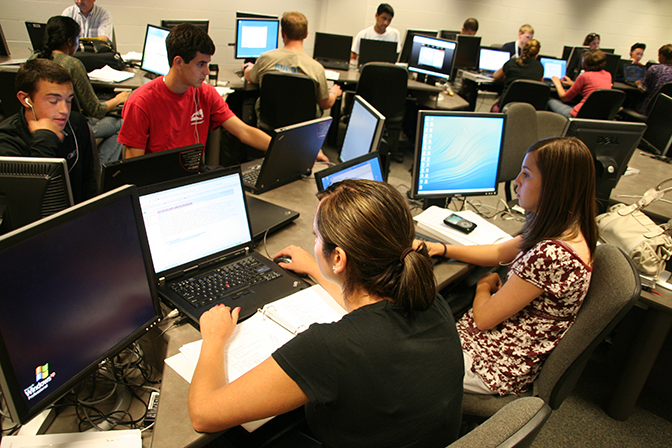
OSC STEM Academy
In February, OSC received a grant from BOR to fund a Summer Academy in Computational Science and Engineering for 40 Ohio high school students and ten teachers (a separate program from Summer Institute).
Led by Steve Gordon, participants learned about the importance of modeling and simulation to the solution of science and engineering problems, acquired the basic modeling and programming skills required of freshman engineering students, enhanced their communication skills and applied those skills to understand and reinforce important concepts in mathematics, scientific experimentation and design.
Choose Ohio First Program
In March, the Ohio Consortium for Bioinformatics received $4.475 million from BOR for student scholarships under the Choose Ohio First program. OSC supports the consortium by providing portals for consortium researchers to access bioinformatics software, developing cyberinfrastructure for instrumentation and analytics and supplying other high performance computing resources. OSC partnered with the Ralph Regula School of Computational Science, Ohio University, 11 other colleges and universities, and industry leaders to attract and graduate an estimated 345 students in bioinformatics over a five-year period.
NSF Grant for Computational Workforce Certification
Also in March, NSF designated nearly $1 million to provide Ohio’s workforce with certificate courses in computational modeling and simulation and supplies Ohio’s businesses with advanced Internet portals. The $999,942 grant, titled “Improving American Competitiveness through Workforce Education in Cyberinfrastructure Applications,” was awarded March 26 to the Ohio Supercomputer Center, The Ohio State University, the University of Akron and the Ohio Learning Network. The project’s lead organizations partnered with a consortium of Ohio colleges and universities that collaborated on an earlier NSF project to launch a virtual, undergraduate minor program in computational science through OSC’s Ralph Regula School. Yet another NSF project, involving three Ohio community and technical colleges and the Ralph Regula School, expanded academic programs in computational science at the associate degree level.
On the last day of March, OSC Networking provided Ohio college students access to Ruckus, an online service that would allow free and legal downloading of songs and videos
OSC and OARnet Separate

On May 29, 2008, a directive from Chancellor Eric Fingerhut separated OSC and OARnet, creating a separate governing body for the networking operation. It read, in part:
“OARnet shall have a governance committee. The committee will include five members: the Chancellor of the Ohio Board of Regents or his designee, who shall serve as chair, a representative from the Ohio Department of Development, a representative from the Governor’s Office, the Chief Information Officer for the State of Ohio’s Office of Information Technology and a representative from the Ohio Department of Education. This committee shall have as its duties the setting of broad policy guidelines for OARnet and the periodic review of its program and operation, with special attention to ensuring that the management and operation of the network supports the State of Ohio’s goals for higher education, P-12 education, economic development, and the goals of its state agencies.”
The directive replaced the OSC Network Steering Committee (OSTEER) with an advisory committee on information technology. Besides the advisory committee, OSTEER meetings were changed into the OARnet Member meetings with the same participants as previously. A later addendum to the directive increased the governance committee from five to seven, adding a representative from Ohio’s public four-year universities and one from Ohio’s public community or technical colleges.
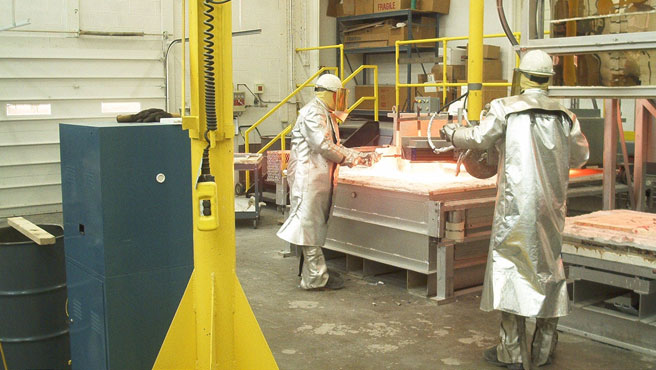
Center for Excellence in Advanced Materials Analyses
On July 9, the Ohio Third Frontier Commission awarded Youngstown State University with a $2.1 million grant to establish a Center for Excellence in Advanced Materials Analyses in collaboration with Fireline TCON Inc. and OSC. The project focused on research, analyses, modeling and commercialization of products with increased resistance to thermal shock and lower thermal conductivity.
Virtual Temporal Bone Project
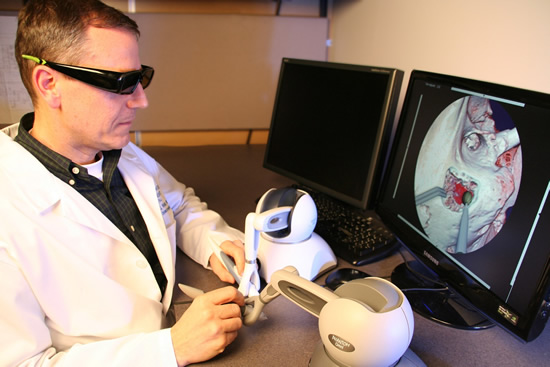
Also in July, the Virtual Temporal Bone Project received the prestigious “Dr. Frank H. Netter Award for Special Contributions to Medical Education” from the Vesalius Trust for Visual Communication in Health Sciences. Developed as a collaborative project between physicians and researchers at Nationwide Children’s Hospital (NCH), OSU’s Department of Otolaryngology and OSC, the simulator created a true-to-life experience encountered in ear surgery. The project’s lead investigators, Don Stredney, director of OSC’s Interface Lab, and Gregory Wiet, M.D., a pediatric otolaryngologist with NCH, began a multi-institutional validation study to determine if students who are taught this kind of surgery, using the simulator, achieve better surgical results compared to traditional methods.
OARnet's TSIS Connects Buckeye Bullet 2 Team
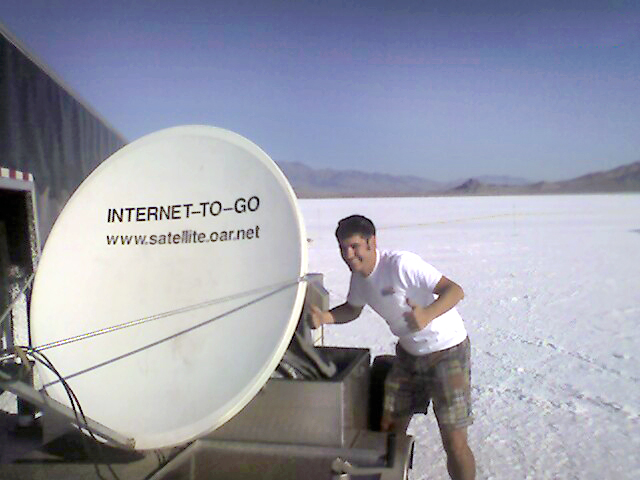
In August 2008 at the Bonneville Speedway in Utah, OARnet’s Transportable Satellite Internet System (TSIS) provided Internet connectivity to OSU’s Buckeye Bullet 2 land speed racing team and others. Internet connectivity on the salt flats was provided for the first time in the racing venue’s history through a mobile link-up to a satellite, providing the team with the means to update their blog and to post photos and videos on the team’s website. Wireless Internet access also was made available to other racers and spectators in attendance at the remote venue.
In September, OSC launched the PI Portal, a user-friendly, web-based service that would enable researchers to manage user accounts, funding and publications data.
NIMBIS Partnership
Later that month, OSC entered into an agreement with Nimbis Services Inc. to connect regional industry supply chains to OSC’s Blue Collar Computing™ computational and expertise resources. Several objectives outlined in the OSC and NIMBIS partnership included:
- Removing industrial barriers to entry by creating a Blue Collar Computing Supply Chain Alliance Community comprised of Tier 1 companies and their supply-chain counterparts;
- Encouraging joint academic and industry collaborations to eliminate software license obstacles;
- Commercializing routine usage of OSC resources and accelerate industry R&D;
- Developing domain-specific web portals;
- Providing remote access to shared instruments and storage and analysis of resulting data; and
- Publicizing solutions that address the HPC Gap.
Ohio Telehealth Video Resource Center
On Oct. 13, Gov. Strickland announced the formation of the Ohio Telehealth Video Resource Center through the Broadband Ohio Network. The Center’s launch was intended to strengthen and build more linkages between higher education and Ohio’s healthcare industries, a targeted economic development area of significant importance to the State. The center was established as an independent, nonprofit organization, and was expected to quickly become self-sustaining. The center’s goal was to support the use of high-quality video for health education and training, research, and associated clinical activities. Also, through the center, healthcare providers with little technical experience would have the ability to communicate via high-quality videoconferencing with other health providers.
DARPA Contract
Later in the month, in collaboration with the University of Southern California's Information Sciences Institute, who had been awarded a Defense Advanced Research Projects Agency (DARPA) contract, OSC would help demonstrate the benefits of high performance computing, defense-critical modeling and simulation solutions for the Department of Defense supply chain. As part of OSC’s Blue Collar Computing program, the Center received $815,000 of the $3.6 million contract on HPC-ISP Study Extension for two pilot projects – Electromagnetic Interference (EMI) Simulator and Military Vehicle Weight Reduction. For the DARPA subcontract, OSC partnered with ACES and Composites DOC, LLC, to support the development of high performance computing and real-time modeling solutions for military suppliers IAP Research, Inc. and AlphaStar. OSC also provided the expertise for HPC hosting, user interface design and implementation, data storage and provided experience with applications that leverage secure, remote access to HPC systems, such as Web-based user interfaces and programmatic job control.
VMWare and Live Streaming

In January 2009, the University System of Ohio entered into an agreement with VMware, Inc. to launch the University System of Ohio Virtualization Program. The agreement gave OARnet the unlimited ability to license industry leader VMware’s full suite of state-of-the art virtualization software and technological support services. Those services would be offered to Ohio’s public college and university system and some private college partners at deeply discounted pricing, unavailable to any single institution. Board of Regents analysts said aggregating the purchasing power could save the group more than $130 million over three years.
On Feb. 4, 2009, Ohio computer users helped make President Barack Obama’s inauguration the most-watched streaming-video event in the Internet’s history, pushing OARnet backbone traffic to more than 8.1 gigabits. Demand for streaming video of other popular events such as March Madness and the 2008 Summer Olympics challenged network engineers to supply adequate bandwidth for capacity-guzzling video. Fortunately for many of Ohio’s inauguration viewers, OARnet engineers had recently completed an upgrade of most of the high-speed network backbone to provide a bandwidth of 10 gigabits per second. Further improving traffic flow out of and into the state, OARnet also had recently doubled the capacity of the network’s link to the commodity Internet by configuring a 10 gigabit-per-second standalone connection.

OARnet Develops Best Practices
Network engineers at OARnet announced in February that they had completed a yearlong study, “Secure Videoconferencing: Balancing Multimedia Performance and Data Security Tradeoffs,” funded by the Ohio Board of Regents and Polycom. With specialists from OSC, OSU, Edgewater Networks and Polycom, the engineers had extensively analyzed new videoconferencing standards and vendor solutions from organizations such as Polycom, Cisco and the GNU Project, identifying the limitations and caveats that exist in their adoption. Based on the experiences from these studies, OARnet engineers developed a list of “best practices” for deploying small-to-large scale secure videoconferencing deployments in campus and enterprise networks.
Youngstown Research Center
On Feb. 20, U.S. Rep. Tim Ryan announced a $1.6 million federal direct appropriation to establish a National Defense Center of Excellence in Industrial Metrology and 3D Imaging headquartered at Youngstown State University. The center, funded by the U.S. Department of Defense Army Research Lab, was to focus on developing and improving advanced manufacturing technologies for military and commercial uses that could have widespread economic impact across the Northeast Ohio region and throughout the United States. The center was the fruit of an ongoing partnership of OSC, YSU, M*7 Technologies in Youngstown, the Youngstown Business Incubator, Zethus Software LLC in Youngstown and the National Institute of Standards and Technology and is an outgrowth of the Advanced Manufacturing Initiative jointly sponsored by YSU, YBI and Ryan’s office.
Darkstrand Alliance
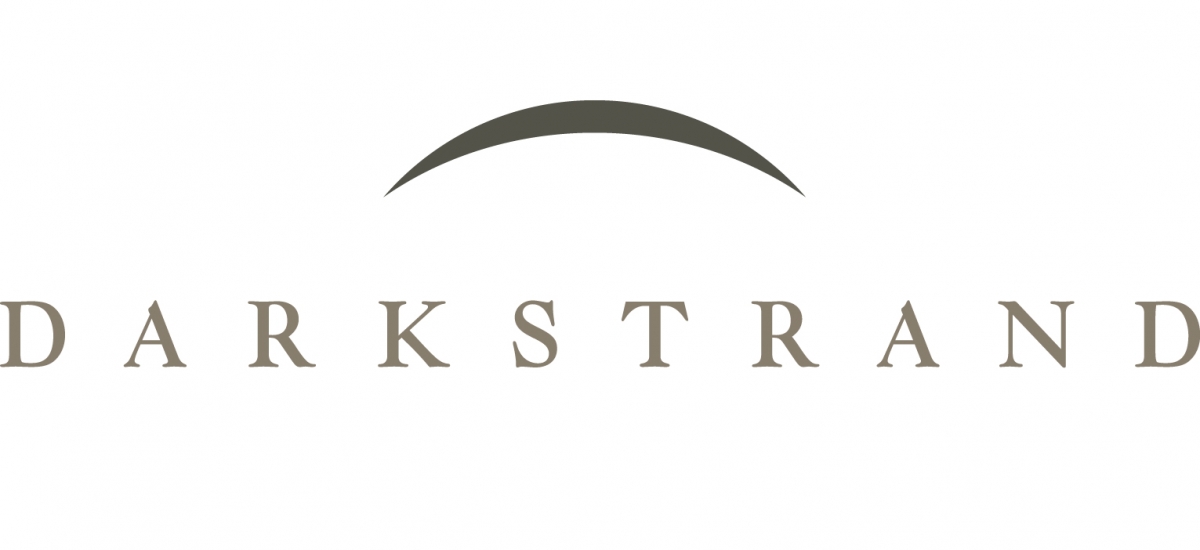
In June, Darkstrand revealed an alliance with OSC to bring the research and development capabilities of the center to the national commercial marketplace. The partnership enabled corporations located anywhere on the Darkstrand Network to access OSC’s world-class computing power, technical infrastructure and expertise, and integrated services for collaborative high performance computing.
OARnet Announces Common Infrastructure
On June 10, OARnet announced the implementation of an integrated infrastructure platform that provided a common platform of networked storage facilities, virtualized servers, clustered applications, and a consolidated storage area network (SAN) for OhioLink, OLN, eTech, BOR and OARnet, while also providing a common infrastructure for applications to be used by Ohio’s research/higher education institutions through cloud computing.
OSC Expansion
On the last day of August 2009, OSC deployed to its flagship supercomputing system a $4 million expansion, dedicated to bioscience and additional research efforts targeted by the state. The expanded IBM Cluster 1350 integrates additional, faster IBM hardware into the original system, which first became operational in January 2008. Because of pent-up demand for supercomputing access by Ohio researchers, the original system reached operational capacity in just three months. The center’s combined system provides 75 teraflops of computing power and 24 terabytes of memory on 9,532 cores, said Kevin Wohlever, director of supercomputing operations.
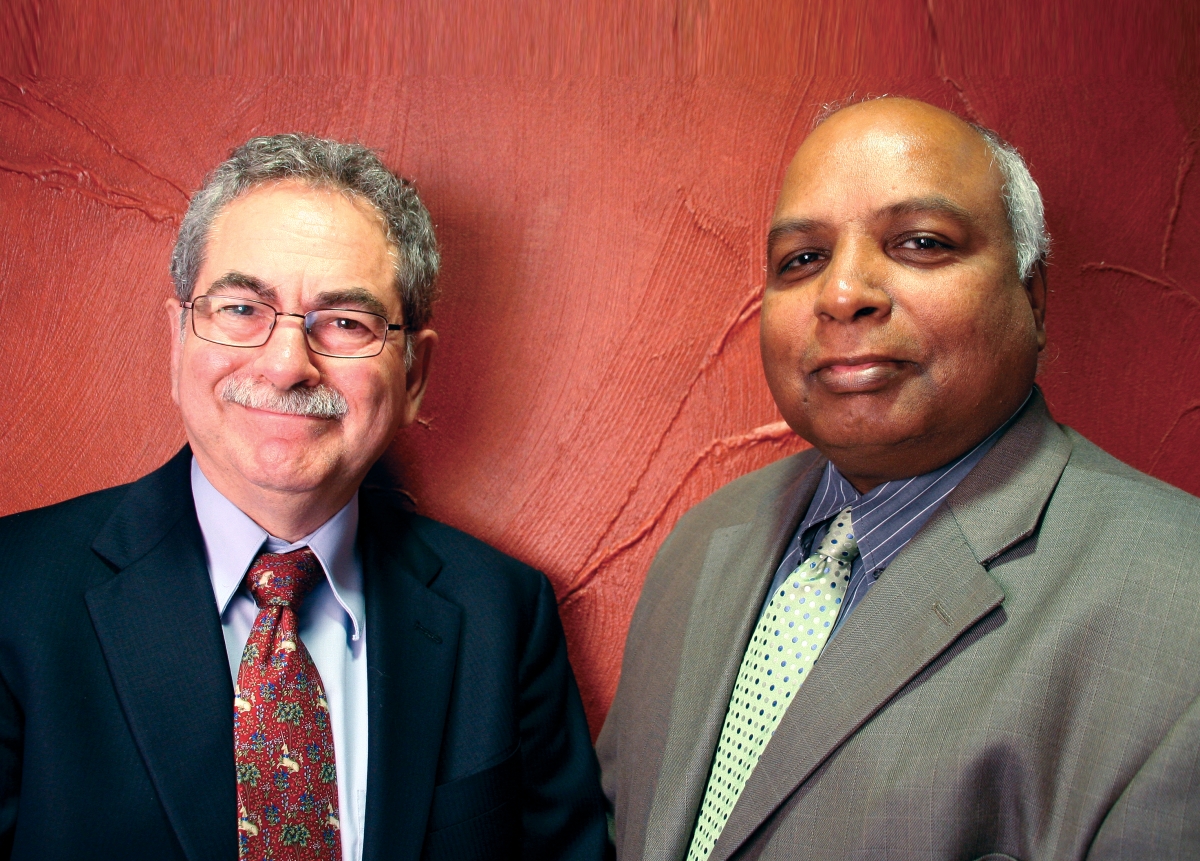
At the end of September, Stan Ahalt left OSC for the Renaissance Computing Institute in North Carolina, at which time Steven Gordon, Ph.D., senior director of education and client support, and Ashok Krishnamurthy, Ph.D., senior director of research, were named interim co-directors of the center. Krishnamurthy serves as an associate professor in the electrical and computer engineering department at OSU, while Gordon serves as a professor of city and regional planning at OSU.
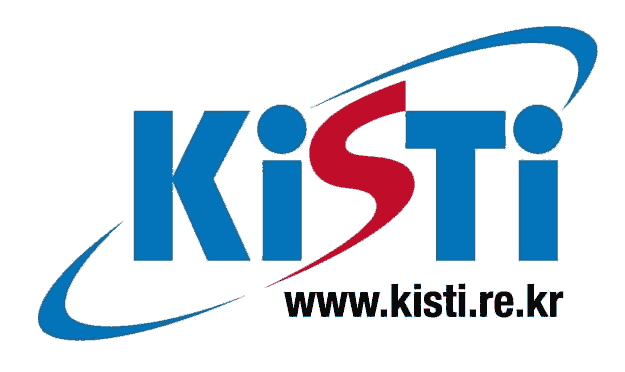 Korea Partnership
Korea Partnership
In November, officials from the Korea Institute of Science and Technology Information (KISTI) OSC signed an agreement to enhance both organizations' industrial outreach programs, OSC's Blue Collar Computing and KISTI's Small and Medium Business Supercomputing. The KISTI-OSC agreement outlines several specific activities:
- Jointly developing web-portal based modeling and simulation software
- Sharing experiences of licensing and usage issues with commercial software vendors
- Providing expertise on the selection and deployment of open-source software codes
- Hosting each other's staff members for temporary assignments
- Coordinating participation in workshops, conferences and forums to promote these industrial outreach programs

OSU ElectroScience Lab Developments
On Jan. 18, 2010, leaders of OSC and OSU’s ElectroScience Laboratory agree to collaborate in developing parallel software codes for computational electromagnetics, especially for layered sensing research. Under the agreement, ESL faculty and researchers, who develop novel computational approaches to enable the design of future radar, imaging and sensor systems, will work with OSC. OSC staff will assist in porting the CEM codes to various high performance computing platforms, including emerging architectures such as GPGPU.
OSC Supports ALICE Project
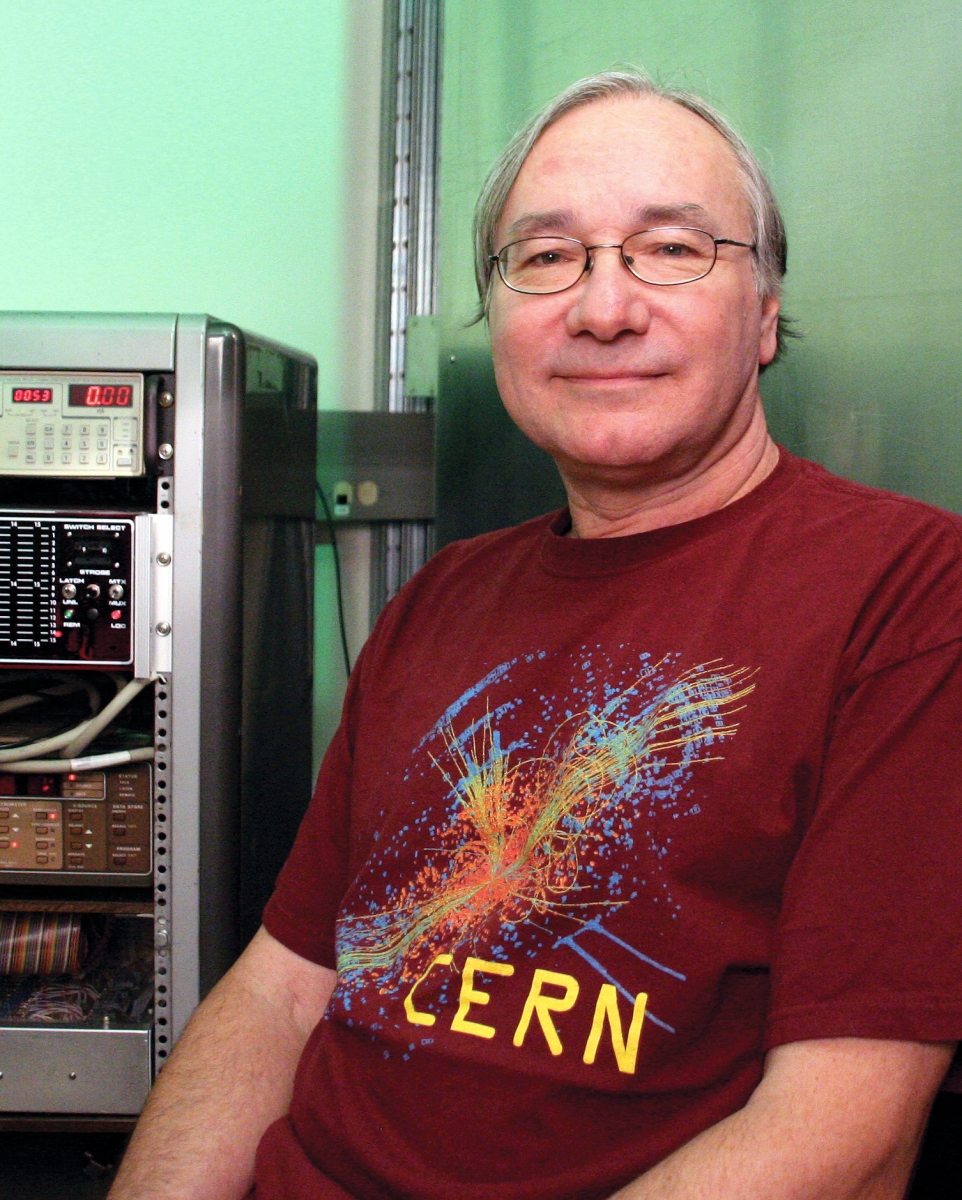
In March, the first particles collided at the record energy of seven trillion electron volts at CERN’s Large Hadron Collider on the borders of France and Switzerland. Through the research of OSU Physics Professor Thomas Humanic, OSC had been supporting the ALICE Grid by hosting data dump simulations for several years and in March became one of only a handful of U.S. sites to begin hosting actual LHC experimental data being generated through the ALICE project.
Csuri GPU Environment Deployed
On May 12, OSC deployed the “Csuri” Advanced GPU Environment, increasing OSC’s capabilities for advanced large-scale remote visualization and batch-rendering applications, as well as GPGPU applications. The Csuri Environment included 36 GPU-accelerated nodes on the Glenn IBM 1350 cluster, connected to 18 NIVIDA Quadro Plex S4’s for a total of 72 CUDA-enabled graphics devices. Each node had access to two Quadro FX 5800-level graphics cards.
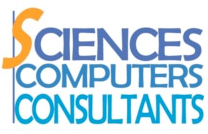
Sciences Computers Consultants Leverages OSC
In June, officials from OSC and Sciences Computers Consultants, in Saint-Etienne, France, signed an intercontinental agreement designed to expand SCC’s numerical simulation services to companies across the ocean and stateside. OSC would provide SCC with computational infrastructure and services to test and scale advanced modeling and simulation software for polymer extrusion and mixing on its supercomputers with the intent of developing web portals for polymer industry process modeling. SCC was to install its software product, XimeX, on OSC’s systems for scalability testing and small pilot projects.
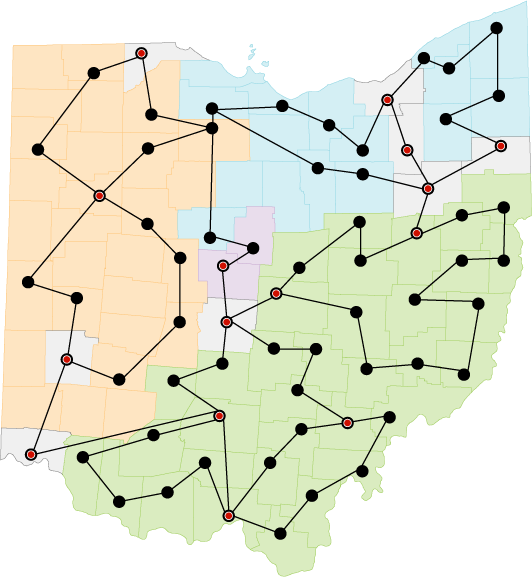
Ohio Middle Mile Expansion
On July 2, ComNet, Inc., a founding member of the Ohio Middle Mile Consortium, announced it had been awarded $30 million in federal stimulus funding that would add almost 700 new miles of broadband fiber to rural and underserved communities throughout western Ohio. OMMC partners ComNet, Inc., Horizon Telcom, OneCommunity and OARnet formed a public-private partnership to create a comprehensive statewide plan to expand broadband infrastructure to the underserved and unserved areas of the state. In March 2010, the OMMC members submitted applications to the National Telecommunications and Information Administration (NTIA) for the Broadband Technology Opportunities Program (BTOP) to develop a Comprehensive Community Infrastructure. In August, the projects submitted by Horizon in southeastern Ohio and by OneCommunity in northeastern Ohio were awarded more than $111 million in similar grants.

Moldex 3D Trains Ohio's Workforce
Also in July, OSC and Moldex 3D officials signed an agreement that would support the center’s efforts to train Ohio’s workforce in advanced modeling and simulation skills required for polymer manufacturing. As part of this partnership, Moldex3D is donating 30 eDesign licenses over a three-year period with a cost value of just more than $1 million in support of OSC’s Ralph Regula School of Computational Science education program.
New Grants and Commercial Partnerships
In August, OSC received a $300,000 federal grant to work with a ceramics manufacturer and university experts to apply advanced modeling and simulation to the company’s operations as a way to boost its competitive advantage. OSC received the NSF funding to collaborate with Fireline TCON Inc. and the Center for Excellence in Advanced Materials Analysis at YSU.
On Oct. 14, OSU and OSC received a four-year, $1.675 million federal grant to develop a computer tool that researchers, government leaders and the public can use to study and understand changes in energy-related technology, policy and pricing. Researchers worked to develop a computational system called the Integrated Computational System for Energy Pricing and Policy (ICS-EPP), which would model the national power grid. The ICS-EPP enabled analysis of various scenarios, including the cost of adding electric vehicles to the grid, the effect of various pricing and incentive structures for users, changes in the demand on the system and resulting environmental impacts.
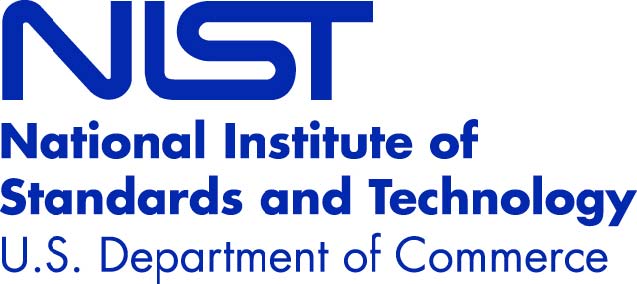
The next day, U.S. Sen. Sherrod Brown visited OSC to announce that $355k had been awarded to OSC and PolymerOhio, Inc. by the U.S. Department of Commerce. The project would target small polymer companies to help them address the technical barriers, costs and training necessary to effectively use this technology and would eventually transfer its model throughout the National Institute of Standards and Technology’s (NIST) foregoing Manufacturing Extension Partnership (MEP) national system of over 400 centers, field offices and partners. The funding was designed to encourage the creation and adoption of improved technologies and provide resources to develop new products that respond to changing market needs.

In November, OSC and R Systems announced a collaborative partnership that allows companies to gain easier access to both OSC’s Blue Collar Computing™ programs and R Systems’ computational resources and expertise. The partners would build off of each other’s capabilities to assist industrial clients. Both would develop and submit proposals to funding agencies that assist industrial clients, as well as subcontract with each other if an end-user needs additional resources, such as OSC's GPGPU cluster and R Systems’ Windows® HPC Cluster expertise.
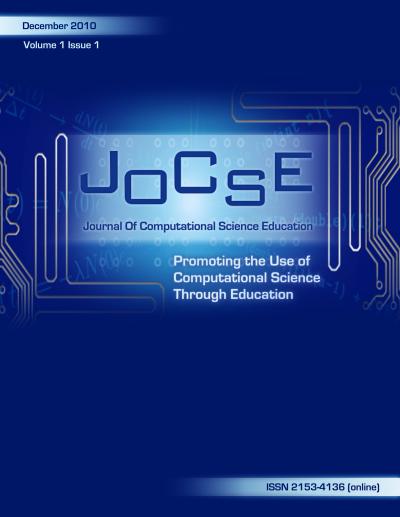
Just before Christmas, on Dec. 21, OSC unveiled a new online publication, the Journal Of Computational Science Education (JOCSE), which publishes peer-reviewed articles focusing on various aspects of teaching computational science. The journal, ISSN 2153-4136, was to be published quarterly. An editorial board of scientists, mathematicians and engineers led the peer review process for submissions of computational science lesson plans, exercises with documented programs and datasets or a technical paper describing the outcomes of computational science education.

OSC supported the Center for Surveillance Research (CSR), an NSF Industry/ University Cooperative Research Center that was organized in 2011 to develop a principled theory and advanced practice for modern surveillance systems. The CSR partnership benefited from the strong and complementary nature of existing academic research programs at both OSU and Wright State University (WSU). In the surveillance area, OSU had strengths in video surveillance and machine learning, distributed sensor networks, hyper-spectral imaging, radar image exploitation, human factors, and multi-sensor integration. WSU brought expertise in information theory for automated threat recognition, radar system design – including waveform diversity and bistatic/multistatic systems and terahertz imaging and exploitation. Alan Chalker, director of Client Engineering for OSC, served as program manager for CSR.

In January 2011, OSC and The Research Institute at Nationwide Children’s Hospital (RINC) began offering a production environment, services and support to speed discovery techniques of childhood diseases, from pediatric cancers to muscular dystrophy. Under the agreement, OSC provides RINC with production-level storage, computation and software for running simulations on the Center’s computational and storage systems.

On Feb. 28, 2011, OSC signed a collaboration agreement with the Procter & Gamble Company, enabling the two to work together on modeling and simulation projects aimed at accelerating innovation collaboration between industry and academia. The collaboration is the first at OSU enacted under P&G’s master alliance agreement with Ohio colleges and universities.

On March 2, the White House announced a $5 million grant to OSC and several partner organizations to support the advanced manufacturing efforts of Midwestern small- and medium-sized manufacturers. Representatives from OSC, BOR, OSU, Procter & Gamble, PolymerOhio and the Council on Competitiveness were among those present as federal officials formally announced the Economic Development Administration grant for the Midwest Project for SME-OEM Use of Modeling, Simulation and Analysis. The federal officials also formally signed a memorandum of understanding between the federal government and the participating Original Equipment Manufacturers (OEMs). The EDA project would introduce modeling, simulation, and analysis (MS&A) to supply-chain manufacturers (classified as Small and Medium Enterprises, or SMEs) in Ohio, Illinois, Indiana and Michigan who do not alone have the resources to implement this technology into their workflow.
The grant funded efforts in the four-state region over the first 18 months and created a five-year public-private partnership that will then expand the initiative nationally. OSC would receive nearly $2 million of the $5.35 million public-private partnership project and will serve as one of four resource providers.
OARnet Supports Live Streaming of Kasich's State of the State Address
The following week, a record number of people watch Governor John Kasich's first State of the State address via live streaming video, thanks to a collaboration between OARnet and the Ohio Channel. OARnet, at the request of the Ohio Channel, built a new system that provided increased bandwidth and server capacity for online streaming video in time for the March 8 address. Sharing technology enabled the two organizations to increase the possible number of video streams available from 1,200 to 8,000 streams. During the highpoint of Gov. Kasich's speech, there were 5,931 concurrent connections, a five-fold increase over earlier live video streams. A week later, 3,100 connections streamed the Ohio town hall meeting where Gov. Kasich announced his executive budget proposal.
Polymer Portal
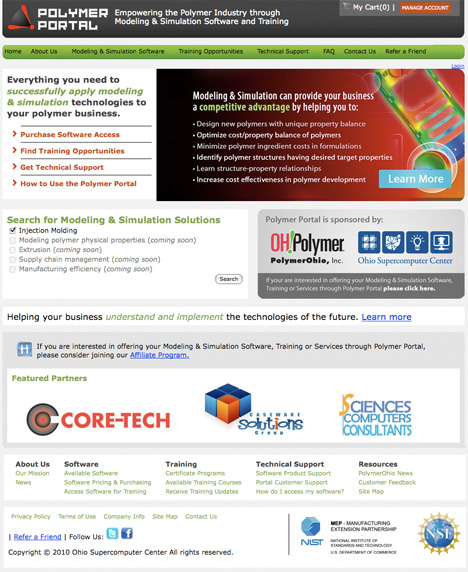
On May 6, PolymerOhio launched the Polymer Portal, an initiative developed in collaboration with OSC, designed to enhance productivity for small- and mid-sized companies (SMEs) and funded by the National Institute of Standards and Technology’s Hollings Manufacturing Extension Partnership.
OhioLINK's Digital Resource Commons
In April, OhioLINK and OARnet partnered to consolidate and strengthen Ohio's Digital Resources Commons on OARnet's shared infrastructure. The American Library Association named the DRC a 2011 Cutting Edge Service Award winner for foregoing hardware and temporarily operating in a cloud environment to speed expansion and development. Later, it moved from the cloud to OARnet's shared infrastructure.
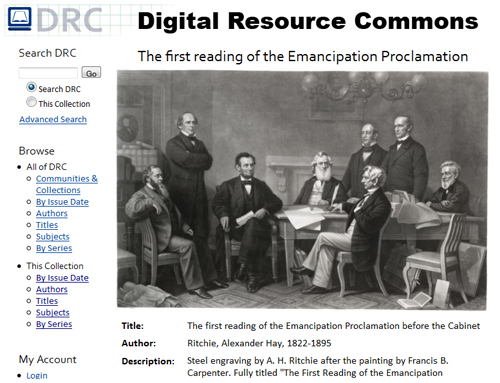
OhioLINK, OARnet and the Digital Resources Management Committee jointly guide the direction of the DRC. Using DSpace 1.6 open source software, the DRC stores collections of art, research, writing and other materials that may otherwise be lost due to the ever-changing nature of digital technology. Thus far, it hosts more than 250,000 items from 30 Ohio institutions, with more coming online as the benefits continue to grow.
Beginning in July 2011, students and researchers across West Virginia had access to advanced online resources over Internet2 by leveraging connections to OARnet through NSF funding. Marshall University, in cooperation with the West Virginia Higher Education Policy Commission, sponsored the statewide West Virginia educational system under the aegis of The West Virginia Internet2 Consortium as the newest Internet2 Sponsored Education Group Participant (SEGP). The sponsorship allowed Marshall to share its existing connection to Internet2 with the state’s undergraduate higher education institutions, community and technical colleges, K-12 community, state and local governments, healthcare facilities, libraries and museums, and other partners.

OH-TECH Is Formed
On Sept. 15, 2011, Chancellor Petro announced that Ohio's statewide higher education technology consortia had been reorganized under an umbrella organization known as the Ohio Technology Consortium (OH-TECH). By merging OARnet, OSC, the Ohio Learning Network (OLN) and shifting all IT personnel from OhioLINK into a single consortium, the chancellor would leverage the existing strengths for each organization and trim administrative costs, technological and management duplication and inefficiency. Later, the consortium also included the newly formed Division of Student Services, replacing and building upon the earlier work of OLN.

VMware Aggregate Purchasing Agreement
In October, Chancellor Petro, in conjunction with OSU, announced signing a new aggregate purchasing agreement with VMware, Inc. projected to generate $25.4 million in direct savings and $155.5 million in indirect savings over the next two years. The agreement served all Ohio four-year and two-year campuses, K-12 schools, and state and local governments, as well as related health care communities.
In December, OARnet and Internet2 officials agreed to a standard InCommon participation agreement, which streamlined the process for Ohio's 14 public universities and 23 public community colleges to join InCommon. Operated by Internet2, InCommon is a national federation that provides for shared management of identity and access to online resources for the U.S. research and education communities, which simplifies online privacy and security. Under the agreement, researchers, students, faculty and staff could access protected or licensed online resources from other member institutions and third-party providers while safeguarding individual privacy. The agreement was a collaborative effort between OARnet, Owens Community College and the Office of the Ohio Attorney General, in conjunction with Internet2. Because the Ohio Attorney General has approved the agreement, colleges and universities also could save the time and legal resources they would have spent vetting and negotiating individual contracts.

Kasich Announces Ten-Fold Broadband Speed Increase
On Feb. 7, 2012, Ohioans using OARnet learned that they would soon see a ten-fold boost to its broadband network speeds. Governor John Kasich made the announcement at his State of the State address in Steubenville, highlighting the first ever state-led initiative that would leverage statewide network speeds of 100 Gigabits (Gbps) per second. Under an agreement with Cisco and Juniper, Ohio invested approximately $10 million to harness new innovative technology that increased network speeds from its current 10 Gbps capacity to 100 Gbps. The 100 Gbps network connected Ohio's major metropolitan areas to northern and southern connection points of Internet2. For the network, $8.1 million will fund hardware development for Phase 1, which will connect Cleveland, Columbus, Cincinnati, Dayton and Toledo by June 2012 and Phase 2 markets of Akron, Athens and Youngstown by October 2012. In May, the Governor’s office announced that the cities of Portsmouth and Wooster would be added to Phase II development.
Oakley Cluster Unveiled
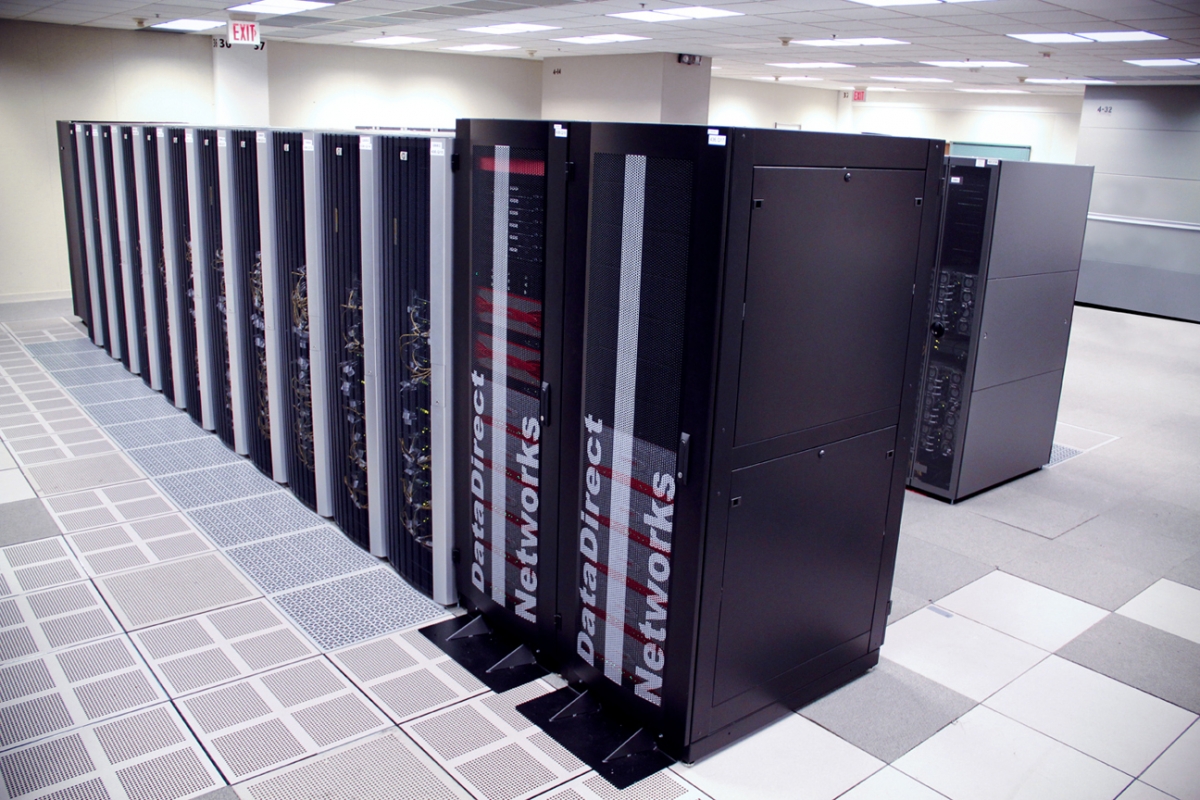
On March 19, OSC officials unveiled the center’s new $4.1 million HP-built, Intel Xeon processor-based supercomputer, dubbed the Oakley Cluster. The system featured more cores (8,328) on half as many nodes (694) as the center’s preceding flagship system, the IBM Opteron 1350 Glenn Cluster. The Oakley Cluster could achieve 88 teraflops, or, with acceleration from NVIDIA Tesla graphic processing units (GPUs), a total peak performance of 154 teraflops. The Oakley Cluster also provided researchers with one and a half times the performance of the Glenn Cluster at just 60 percent of Glenn’s power consumption and expanded OSC storage to nearly two petabytes. In May, OSC engineers benchmarked the performance of the new system, and compared their benchmark results with the Top500 Project’s list of the world’s fastest supercomputers. Based on the comparisons, OSC’s new system would rank as the 180th fastest supercomputer in the world, 89th in the United States and 11th among U.S. academic institutions. OSC engineers also analyzed how well those supercomputers on the list performed in comparison to the maximum theoretical performance of the machine. In those comparisons, the Oakley Cluster ranked much higher – 22nd in the world, 9th in the United States and 2nd among U.S. academic institutions.
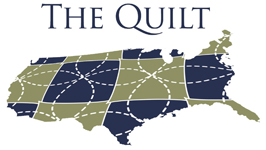
Ohio Hosts The Quilt Member Meeting
From Sept. 11-13, OARnet welcomed the national networking community to Ohio for The Quilt Fall Member Meeting, which was held at OSU. In addition to their own meeting, The Quilt members were invited to attend a special silver anniversary OARnet Member Meeting, which was held at OSU’s Ohio Union on Sept. 11. The Quilt is the national coalition of advanced regional networks for research and education and provides advanced network services and applications to universities and other educational institutions.
In September, OARnet officials learned that a $1 million federal grant would fund the construction of a unique computer network devoted to helping scientists collaborate over the Internet with minimal interference from security measures. A research team comprised of members from OSU, the University of Missouri and OH-TECH would be using the NSF grant to create a safe and resilient network architecture dubbed the “Science DMZ” – a play on the term “demilitarized zone.” In this case, instead of being a neutral area between warring nations, the DMZ would be a sub-network on the Internet where institutions normally protected by firewalls will be able to freely and safely share information with each other.
OhioLINK Joins OH-TECH
On Nov. 10, 2012, Chancellor Petro issued a directive that integrated OhioLINK into the Ohio Technology Consortium. The directive also consolidated OSC and OARnet under the supervision of a single executive director and, likewise, consolidated the two advisory boards into one unit.
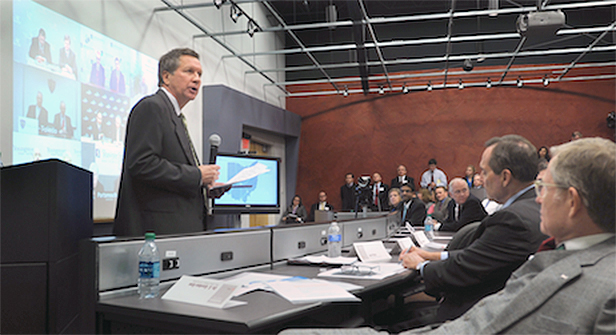
Kasich Announces OARnet's 100 Gbps Network
On Dec. 11, during an unveiling of the completed upgrades to OARnet’s ultra high-speed fiber optic network backbone, Governor John Kasich showcased how the technology will create and enhance academic partnerships with businesses statewide. Ohio had invested approximately $13 million to harness innovative technology that boosted Ohio’s broadband infrastructure from 10 Gbps capacity to 100 Gbps. The expansion leveraged the 1,850-plus miles of fiber optic network already operated by OARnet. Chancellor Jim Petro and OSU President E. Gordon Gee shared the importance of the high-speed network, which they expect would advance research and job growth across Ohio’s medical research, higher education, manufacturing, engineering and technology networking corridors. Petro and Gee were joined by university and business representatives from Akron, Athens, Cincinnati, Cleveland, Dayton, Portsmouth, Toledo, Wooster and Youngstown, who participated via videoconference.
(25th Home) (1963-1986) (1986-1994) (1994-2001) (2001-2005) (2005-2007) (2007-2013)



 (April 2)
(April 2)
 (March 18)
(March 18)